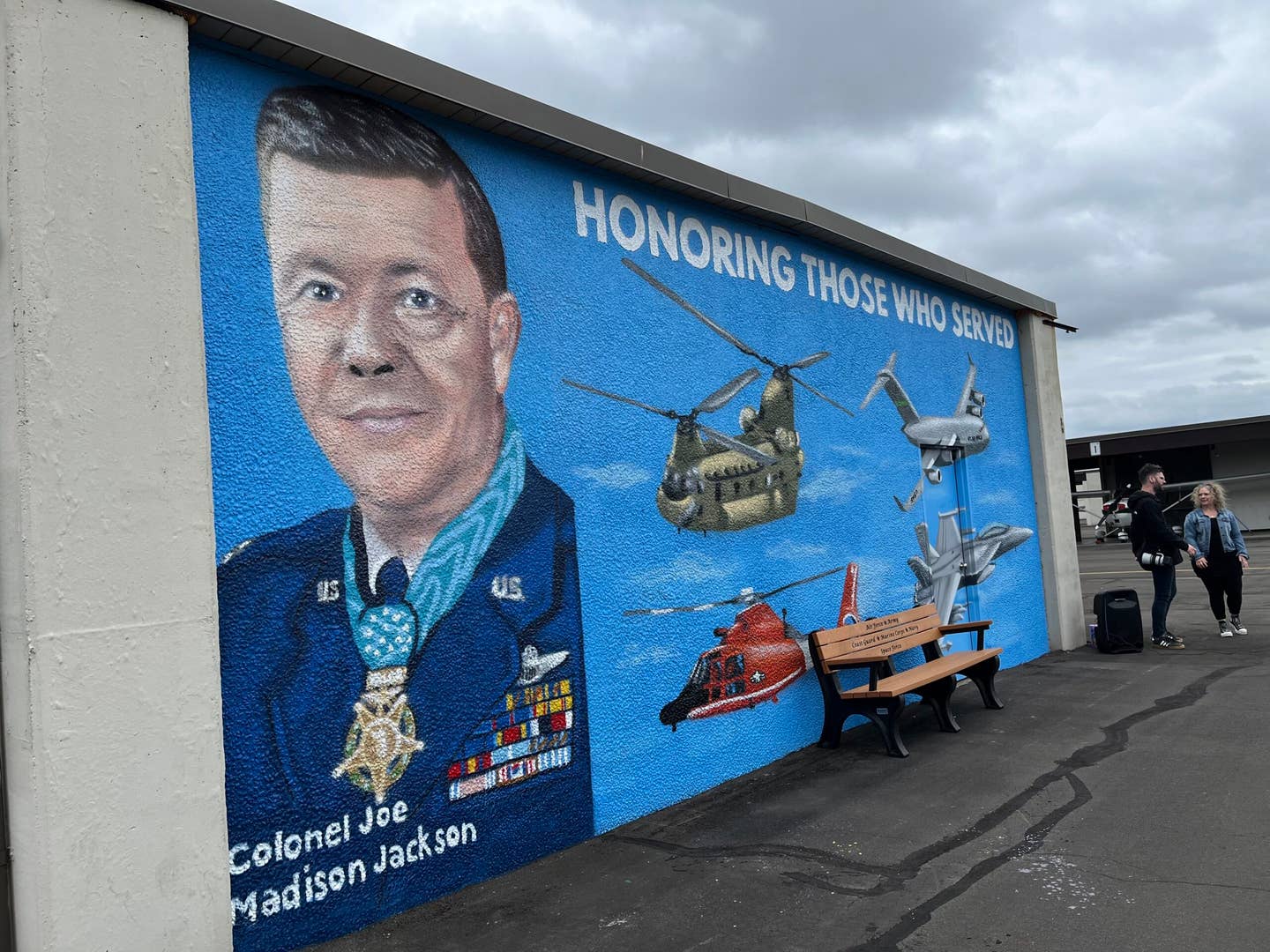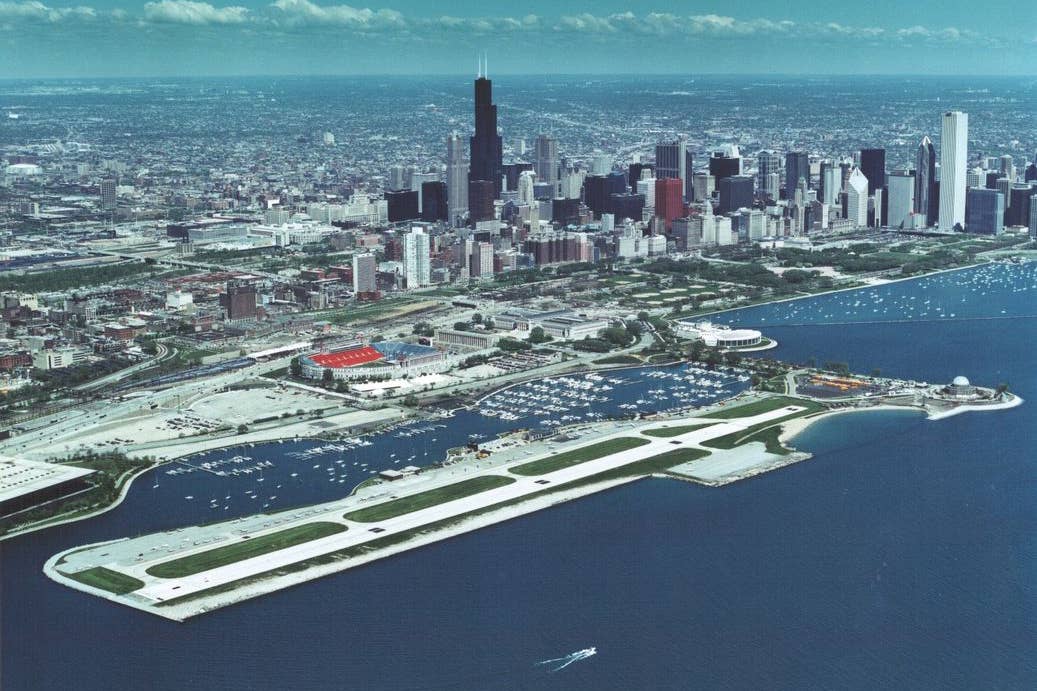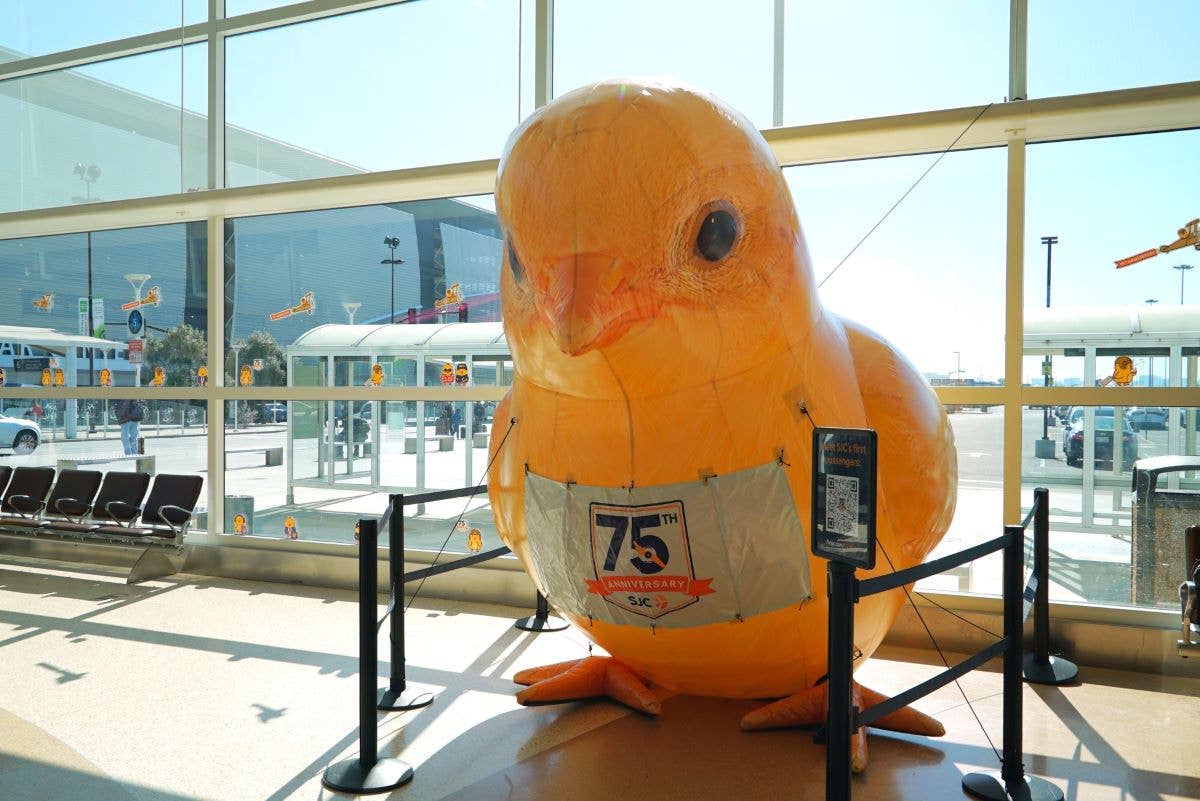Where To Land in and Around ‘Music City’
There are several options for the GA pilot flying to Nashville. Some are farther out, but it’s pretty country, and the drive can help you unwind.

Heading to Nashville? There are several airport options for you to choose from. [Credit: Adobe Stock]
Heading to Nashville? There are several options for the GA pilot who seeks to fly to the destination—you can choose from a towered or nontowered facility. Some are a little farther out than others, but it is pretty country, and the drive into the city can be a good way to unwind.
Nashville International (KBNA)
Nashville, Tennessee
Nashville International Airport (KBNA) is located 5 miles southeast of the city. It's one of the busiest airports in the state, so expect a lot of company when on approach. The airport has both 100LL and jet-A fuel, and multiple runways, so be sure to read all instructions—and when on approach to runways 2/20, positively identify the L, C, and R on the pavement during your approach. Runway 2L/20R measures 7,704 feet by 150 feet; Runway 2C/20C measures 8,001 feet by 150 feet; and Runway 2R/20L measures 8,001 feet by 150 feet. The airport has a long crosswind runway, 13/31 measuring 11,030 by 150 feet.
The airport has multiple instrument approaches and noise abatement procedures, so be sure to check "all available information" before you go.
John C. Tune Airport (KJWN)
Nashville, Tennessee
John C Tune Airport is located 1 mile northwest of Nashville, and may be the better choice for the GA pilot than the primary commercial airport. Runway 2/20 measures 6,001 feet by 100 feet. According to airnav.com, Runway 20 is the calm wind runway.
Keep your eyes peeled for birds and deer in the vicinity of the airport, and your ears open for frequency bleed through, as there is interference on frequencies approximately 1.75 nm north of the runway. The airport has ILS and localizer instrument approaches and an RNAV one as well.
If you'd like to take a break and just watch airplanes while being shielded from the elements, the airport has a designated observation area in the terminal.
Music City Executive Airport (KXNX)
Gallatin, Tennessee
Music City Executive Airport—formerly designated M33—is located 2 miles east of Gallatin, Tennessee, and 29 miles north of Nashville. This nontowered airport is a favorite of the corporate crowd, so expect to see some stunning jet aircraft on the ramp.
Runway 17/35 measures 6,300 feet by 100 feet. Just a heads up—airnav.com reports the PAPI on Runway 17 is unusable beyond 5 degrees right of the centerline because of
an obstruction.
Airport manager Jeff Dunham notes the Music City Executive Airport is a big airport, but it still retains “small town charm.” It is important, he notes, to balance corporate aviation with general aviation because “general aviation is the heartbeat of the airport.”
Pilots who fly in can utilize courtesy cars to visit one of the many restaurants in town. Dunham says the airport has 100LL and jet-A fuel, and several instrument approaches. Pilots will note a ground communication outlet (GCO) to use for picking up IFR clearances. For the pilots who wish to spend time at the airport before heading off on other adventures, there is a family-friendly picnic area next to the terminal that offers a good view of the ramp for aircraft spotting.
Smyrna Airport (KMQY)
Smyrna, Tennessee
Smyrna Airport is 2 miles north of the city of Smyrna, “located in the heart of Tennessee,” as its website crows. The airport was built in the 1940s and used as a training base for B-17 and B-24 crews. As such, you'll find the classic X-shaped runway layout that harkens back to the war.
Runway 14/32 measures 8,038 feet by 150 feet, and Runway 1/19 measures 5,546 feet by 100 feet. Both 100LL and jet-A fuel are available, and there are several instrument approaches to the airport.
KMQY is the third largest airport in the state and the busiest general aviation field. John Black, the airport’s executive director, notes that in addition to the amenities a pilot would want, there is also a nice park with an “all inclusive” playground across the street. As the airport was once an Air Force base, it has a golf course as well.
Smyrna is home to The Great Tennessee Airshow, held biennially. At the next show, June 10-11, 2023, the U.S. Navy Blue Angels will perform.
According to Black, the airport is proud of its military history, but also embraces the modern era. It has a solar farm and a bee colony that makes Bee-17 honey. Its most prominent feature, though, is a F/A-18 Hornet. It’s a memorial but also a great backdrop for selfies.

Subscribe to Our Newsletter
Get the latest FLYING stories delivered directly to your inbox






